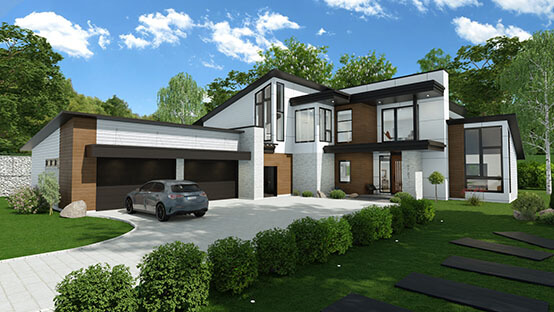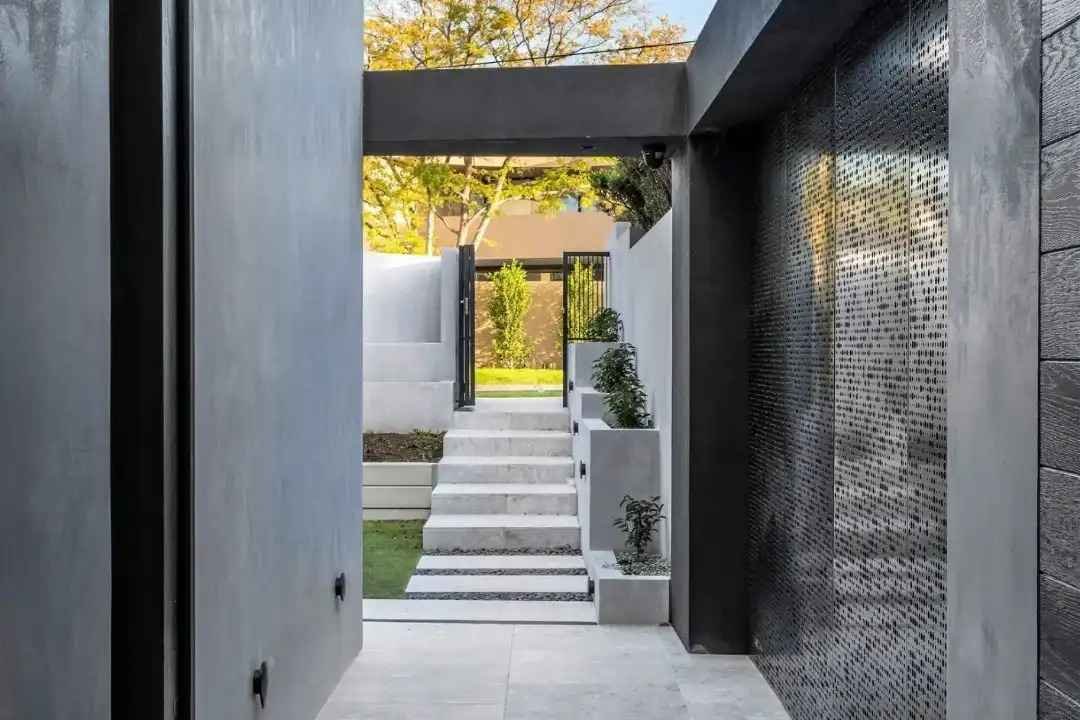Find the Best Residential Architects for Modern and Sustainable Home Designs
Wiki Article
Top Trends in Residential Style You Must Know About
As residential architecture proceeds to advance, numerous compelling fads are shaping the way we make and populate our living rooms. Trick advancements such as sustainable structure techniques, the integration of wise home technology, and the increase of modular homes highlight a significant change in the direction of both capability and ecological responsibility.
Sustainable Building Practices
An enhancing number of domestic projects are accepting lasting structure practices, driven by an expanding understanding of environmental effect and power efficiency. This shift is defined by the assimilation of environment-friendly materials, energy-efficient styles, and cutting-edge building and construction methods. Homeowners and building contractors are significantly focusing on the use of renewable energies, such as bamboo and recycled steels, which not only reduce the carbon impact but additionally boost the longevity and aesthetic appeal of residential properties.Integrating energy-efficient systems is one more crucial aspect of sustainable building - residential house architect. Attributes such as high-performance insulation, energy-efficient home windows, and solar panels are coming to be criterion in new residential designs. These components not only contribute to reduced power intake but additionally supply substantial long-term savings for home owners
Additionally, the layout of sustainable homes commonly stresses natural light and ventilation, decreasing the reliance on synthetic lights and climate control systems. Landscape design methods, such as xeriscaping, further promote sustainability by reducing water usage.
As the need for lasting living remedies remains to increase, the household style sector is poised to adjust and innovate, guaranteeing that future homes are not only environmentally responsible yet useful and likewise comfortable for their residents. - residential house architect
Smart Home Technology
Smart home technology is revolutionizing the method homeowners engage with their space, enhancing security, ease, and power administration. This innovative strategy incorporates different gadgets and systems, permitting customers to manage their homes from another location or through automated processes. Central to this pattern is making use of smart devices such as thermostats, lights, protection cams, and appliances, all attached by means of the Net of Points (IoT)One of one of the most appealing functions of wise home technology is the capability to personalize settings for optimal power effectiveness. House owners can monitor energy usage and change heating, illumination, and cooling based upon their routines, significantly reducing energy prices. Innovative safety and security systems geared up with wise locks and monitoring cams provide tranquility of mind, allowing remote tracking and notifies to possible safety breaches.
Assimilation with voice-activated assistants improves customer experience, allowing property owners to manage gadgets with easy voice commands. As technology remains to develop, the capacity for wise home systems to improve quality of life expands, making them a vital consideration in modern property style. Eventually, smart home innovation is not simply a trend but an essential shift towards extra intelligent living settings.
Open Principle Living
Open idea living has emerged as a specifying feature in modern domestic architecture, identified by the removal of typical barriers between areas. This style philosophy advertises fluidness and connectivity within the home, allowing for a smooth transition in between areas such as the kitchen area, eating, and living rooms. By removing dividings and walls, open idea layouts develop a sense of spaciousness, promoting an inviting atmosphere that enhances social interaction.
Furthermore, this technique to property layout straightens with minimalism, concentrating on practical simplicity and aesthetic comprehensibility. Property owners value the versatility of these formats, which can be easily adapted to show personal design through furniture arrangement and decor. As open concept living remains to get grip, it remains a testament to evolving family characteristics and the need for homes that boost link and comfort.
Biophilic Style
Biophilic design has come to be increasingly significant in household style, emphasizing the intrinsic link between human beings and nature. This design viewpoint seeks to incorporate natural components into living spaces, consequently cultivating a feeling of wellness and improving the lifestyle for owners. By incorporating functions such as natural light, plants, and organic products, biophilic design promotes an unified relationship in between interior environments and the environment.Trick elements of biophilic design include huge home windows that supply unblocked views of exterior landscapes, living wall surfaces that present greenery into insides, and open layout that encourage airflow and natural light infiltration. Water functions, both within and outside the home, offer to develop soothing ambiences and enhance sensory experiences.
Furthermore, the use of lasting products not just sustains environmental stewardship but also adds to much healthier interior air top quality. As recognition of environmental concerns increases, homeowners are progressively focusing on styles that mirror their link to nature. In essence, biophilic design not just boosts visual charm however likewise addresses emotional and mental demands, making it a crucial fad in modern property style.
Modular and Prefab Residences

Furthermore, prefab and modular homes are developed with sustainability in mind. Lots of manufacturers make use of energy-efficient systems and green materials, such as solar panels and progressed insulation strategies, adding to lowered energy intake and reduced utility costs for house owners. The adaptability of style options enables customization, dealing with varied useful demands and aesthetic choices.
As the need for budget-friendly housing continues to climb, modular and prefab homes provide a sensible remedy, dealing with both economic and ecological challenges. Areas are increasingly acknowledging the capacity of these structures, integrating them right into metropolitan and rural settings. On the whole, the pattern towards prefab and modular homes symbolizes a shift towards much more lasting, reliable, and versatile living environments, making them a crucial aspect of contemporary domestic design.
Conclusion
Lasting structure practices and smart home technologies boost efficiency and comfort, while open idea living and biophilic design foster social communication and a connection to nature. The surge of modular and prefab homes supplies personalized and budget friendly options, mirroring a wider change towards useful and liable living.Key developments such as lasting structure techniques, the integration of wise home modern technology, and the increase of modular homes underscore a substantial change residential house architect in the direction of both performance and environmental duty.The rise of modular and prefab homes has changed the household design landscape, supplying innovative services for reliable and sustainable living.Moreover, prefab and modular homes are designed with sustainability in mind. Generally, the pattern towards prefab and modular homes symbolizes a shift toward much more sustainable, effective, and versatile living atmospheres, making them a critical aspect of contemporary residential style.
Sustainable structure methods and clever home modern technologies improve effectiveness and convenience, while open principle living and biophilic style foster social communication and a connection to nature.
Report this wiki page